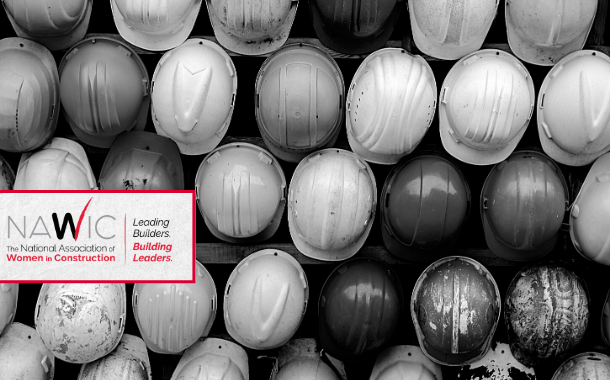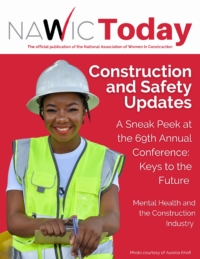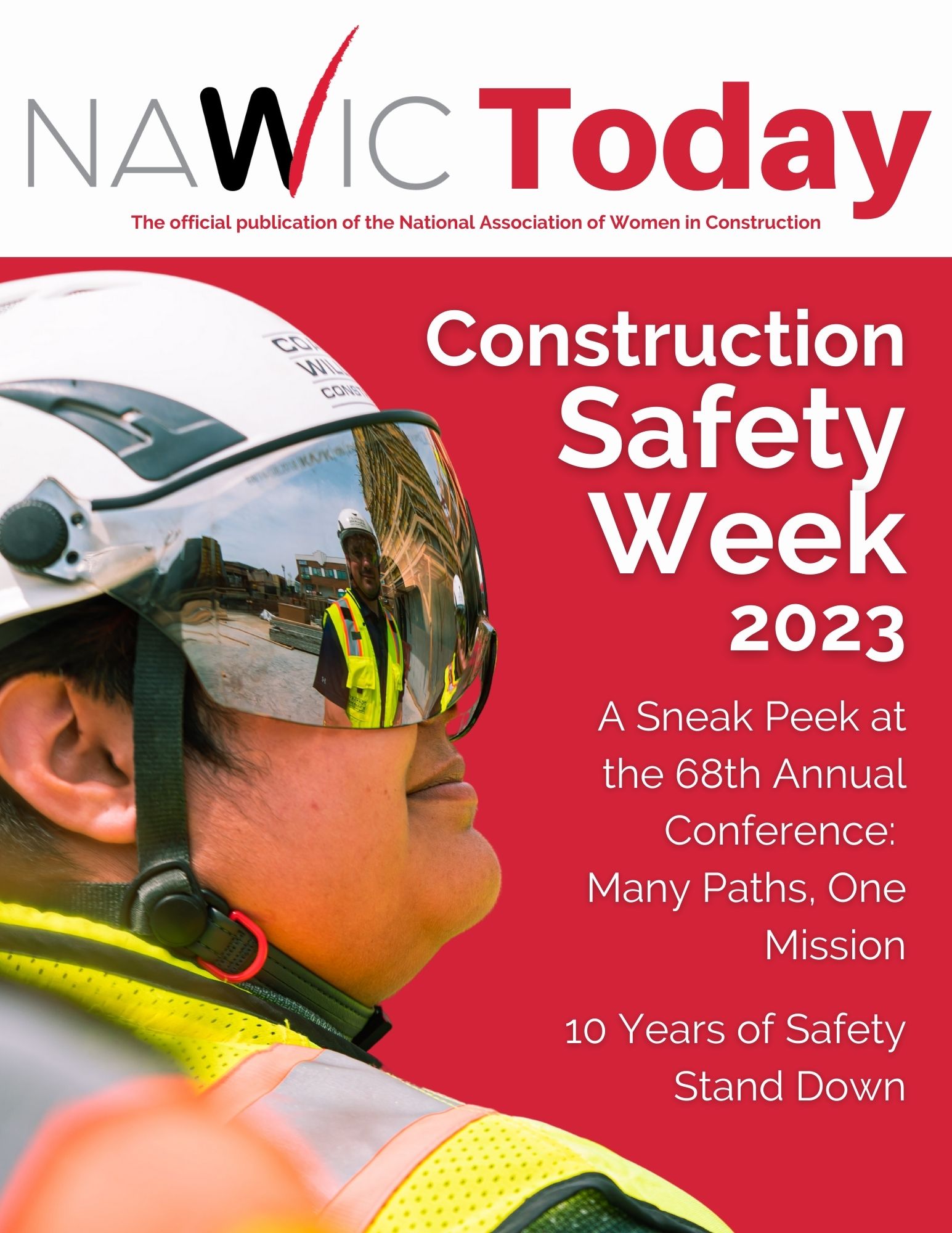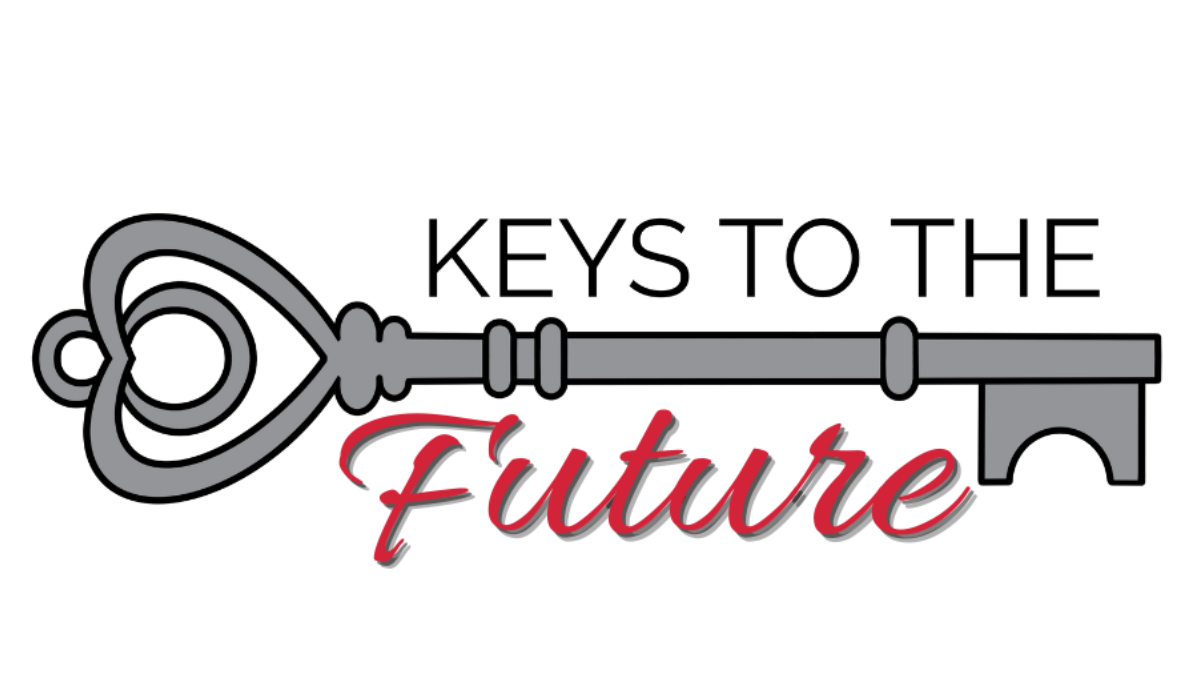How safety gear has changed for women construction workers

Proper protective gear is critical – and mandatory – for anyone working on a construction site or in specific trades. Over the years, there have been many improvements in quality and effectiveness of protective gear to ensure the safety of all involved on a jobsite. Although women make up nearly ten percent of the entire construction industry workforce, as the National Association of Women in Construction has previously reported, the proper safety equipment needed to work in construction has not always been guaranteed. This is largely due to a lack of gear being designed specifically for women’s bodies and needs.
Here, we’ll detail what changes have been made over the years to better protect women construction workers on jobsites, when changes began appearing in gear design for women, and what safety gear practices still need to be addressed.
Discrepancies in standard safety gear
The need for properly-fitting safety equipment and gear began as soon as women entered the trade workforce at the start of WWII. Because the conventions of the era, most work uniforms were not made for a woman’s body. This continued to be a problem through the 1960’s despite an increasing number of women pursuing careers in trades and construction industries. Even so, women construction workers had no choice but to wear baggy, loose fitting protective gear and oversized goggles and glasses as companies continued to purchase uniforms and personal protective equipment (PPE) made for men only.
Why women construction workers demanded a change
Over time more and more women suffered from workplace injuries due to oversized PPE. Women construction workers had to be cautious of large gloves getting pulled into machinery, pieces of debris causing eye injuries due to glasses that weren’t designed to sit flush against a woman’s face, and the gapping of oversized face masks when working around dangerous chemicals or vapors.
After decades without seeing a change in the sizing of PPE and safety gear, women construction workers started raising their concerns over the safety hazards created daily by the gear meant to protect them. According to the National Center for Construction Education & Research, one female construction worker reported an injury in 2006 directly attributed to wearing men’s steel-toed boots. Because the boots did not fit adequately, the steel toe provided no protection and also caused the woman painful cuts and blisters that hindered her job performance.
New designs in safety gear for women construction workers
To further protect women and all crew members on jobsites, PPE manufacturers began making safety gear in appropriate sizing for female bodies. Smaller hard hats, safety vests, and boots were some of the first changes that were seen industry-wide. Another notable change in safety gear design was the resizing of safety harnesses. Often, women construction workers would be ordered a harness in a men’s small, as it was the smallest option available. These products are now available in both men’s and women’s sizes from double extra small all the way through double extra large to meet a wide range of needs.
The shift in sizing has been an important one for women construction workers across the industry. But, many of the new gear designs had something in common that made women feel like they stood out amongst their male counterparts – the gear was pink. Feeling a need to make the construction industry more inclusive, several women set out to build their own companies that would make gear to address the issues head on. Jane Henry, an oil and gas industry worker, founded a company called SeeHerWork, focusing on properly fitting PPE for women ranging from gloves to vests and high visibility long-sleeved shirts, all in standard colors and designs. The line demonstrates the spirit of inclusiveness, as it is also available in men’s sizes.
What changes still need to come
While progress has occurred, the work is not yet finished. Many vendors still focus on the predominantly male market and some women continue to feel their needs are not taken into account by both PPE vendors and employers. Several women construction workers have spoken out about having to alter their clothing to adjust the sizing and make the best of an oversized harness so that they’re properly protected on the job, even as recently as a few years ago, because their employers would rather buy PPE supplies and uniforms in bulk quantities or from a one-size-fits-all vendor. Many tradeswomen have approached this situation by purchasing their own gear or clothing to ensure a better fit for their body. One way to avoid this issue is for companies to agree to no longer order one-size-fits-all clothing and equipment, which is still a common practice on many jobsites and with construction manufacturers.
As the leading association for women in the industry, NAWIC is committed to educating partners within the construction industry on this issue. Associations like NAWIC exist to aid in offering support and resources to expand skillsets and break barriers. In fact, NAWIC partnered with OSHA to ensure this worker safety issue continues to gain more awareness. And thanks to the many women who have already spoken out, we are optimistic on how the future of safety gear will evolve to protect those working onsite.
The National Association of Women in Construction now has over 117 local chapters across the United States, which makes it very easy for female builders to connect with our network of professionals. Membership is open to all construction women and NAWIC is able to provide members with amazing resources to help them gain confidence in their abilities and develop more leadership skills. Any female builders interested in becoming a NAWIC member can apply for membership by using either the online form or downloadable application to fill out and mail in – both of which are available on the NAWIC website. There are also several membership options available with flexible pricing and membership terms. To learn more about the female builders and powerful construction women involved in NAWIC or if you have any questions about membership, contact us through our social media pages.





